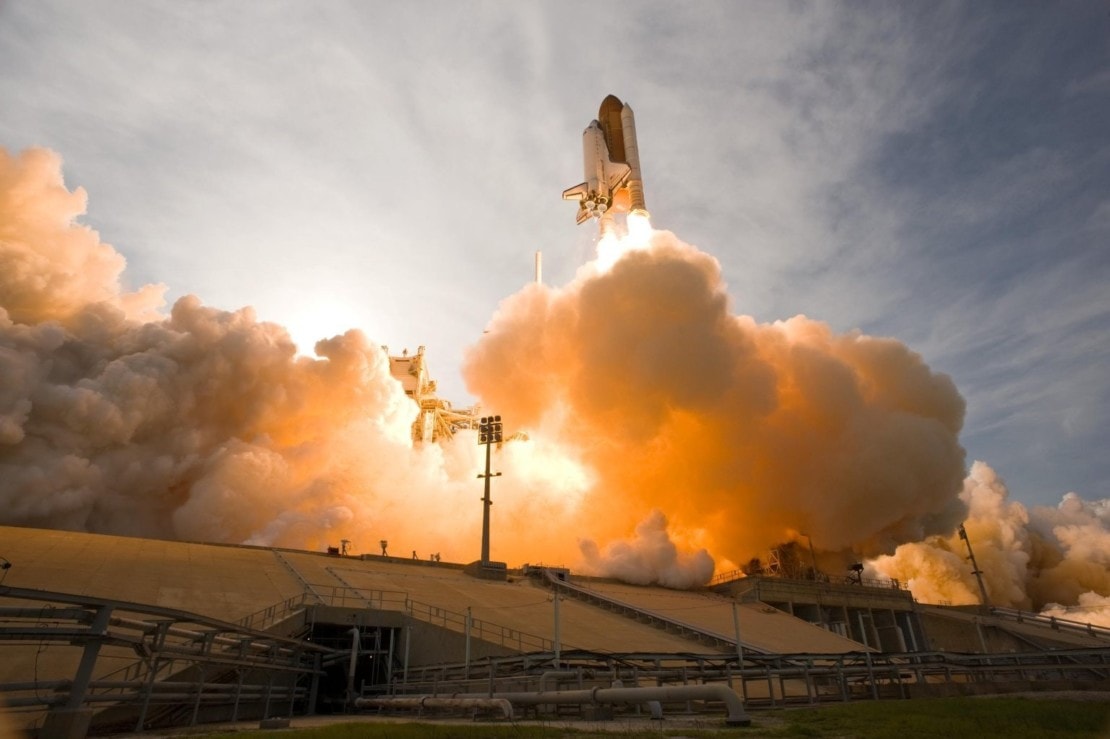2May2023
Light at the end of the tunnel… not quite yet
According to World Economic Outlook published by the International Monetary Fund, financial conditions are still fluctuating with the shifts in sentiment. Tentative signs in early 2023 that the world economy could achieve a soft landing – with inflation coming down and growth steady – have receded amid stubbornly high inflation and recent financial sector turmoil. Although inflation has declined as central banks have raised interest rates and food and energy prices have come down, underlying price pressures are proving sticky, with labor markets tight in a number of economies.
The baseline forecast, which assumes that the recent financial sector stresses are contained, is for growth to fall from 3.4 percent in 2022 to 2.8 percent in 2023, before rising slowly and settling at 3.0 percent five years out – the lowest medium-term forecast in decades. Advanced economies are expected to see an especially pronounced growth slowdown, from 2.7 percent in 2022 to 1.3 percent in 2023.
Side effects from the fast rise in policy rates are becoming apparent, as banking sector vulnerabilities have come into focus and fears of contagion have risen across the broader financial sector, including nonbank financial institutions. Policymakers have taken forceful actions to stabilize the banking system.
Growing alarm over pace and trajectory of energy transition
Reflecting the views of over 700 leaders of the global energy community, the Pulse Survey carried out by the World Energy Council shows that two thirds are concerned by the pace of energy transitions. That is nearly double the number of persons who expressed similar concerns in the Council’s April 2022 study.
There is particular concern over insufficient bottom-up action, with 35 % of respondents stating that individuals and communities should be empowered to lead transformations. 43 % see challenges around ‘affordability and modern energy access’ as the most concerning aspects of ensuring a fair system.
“The results of our Pulse Survey show that regional priorities differ and the majority agree that the world energy system is no longer fit for purpose”, Dr. Angela Wilkinson, Secretary General, and CEO, World Energy Council, said. “Energy transition leaders are concerned we are moving too slowly and the best way forward is to involve more people, diverse communities and sectors in making fairer and more far reaching energy transitions happen.”
SpaceX Starship rocket launches in historic test but explodes mid-flight
According to CNBC, the Federal Aviation Administration issued a Starship launch license to Elon Musk’s SpaceX, a crucial final regulatory step that clears the company to attempt an orbital launch of its towering rocket for the first time.
As a result, SpaceX launched its Starship rocket for the first time, but fell short of reaching space after exploding in mid-flight. No crew were on board. This was the culmination of years of regulatory work and technological tests for SpaceX and the largest and most powerful rocket ever built.
The company made a first go at getting this launch off the ground a couple of days earlier, but a pressure valve in the Super Heavy booster apparently froze. SpaceX teams worked to resolve a number of unidentified issues to make a second attempt possible.
SpaceX leadership repeatedly stressed the experimental nature of the launch and said any result that involved Starship getting off the launchpad would be a success. The rocket flew for nearly 4 minutes and successfully separated from the Super Heavy booster, a key in-flight milestone, before suffering what the company called a “rapid unscheduled disassembly.”
Musk said the company “learned a lot” and teased another test launch in “a few months.”
Collaboratively developing transmission, computing, and storage power
In his speech at the Striding Towards the Intelligent World Session at Global Analyst Summit 2023 Peng Song, Huawei’s President of ICT Strategy & Marketing, pointed out that the digital economy is becoming a main driver of global economic growth, and that digital technologies are being applied in diverse production scenarios across a wide range of industries.
This makes data a new factor of production and is driving significant leaps in social productivity. Peng said that as digital infrastructure is critical for the success of the digital economy, Huawei is committed to collaboratively developing transmission, computing, and storage power to improve the efficiency of data collection, transmission, computing, storage, and analysis, in order to improve digital productivity and boost the digital economy.
Peng also talked about how Huawei is working to build leading digital infrastructure. First, Huawei is building leading transmission facilities supported by the more advanced 5.5G, F5.5G, and Net5.5G technologies, in order to support IoT services that connect hundreds of billions of things and deliver a 10 Gbps user experience. Second, Huawei is continuing to develop solid computing infrastructure to facilitate breakthroughs in diverse computing fields, such as general-purpose computing and AI computing. Third, Huawei is building reliable storage facilities to ensure more data can be stored, quickly transmitted, and efficiently used.
“Moving forward, we will continue innovating to help customers build leading digital infrastructure, accelerating our journey towards the intelligent world,” said Peng.


